We fact-checked 18 viral biohacking claims using real science. Some work, some fail, and a few are totally backwards. Here’s what studies show.


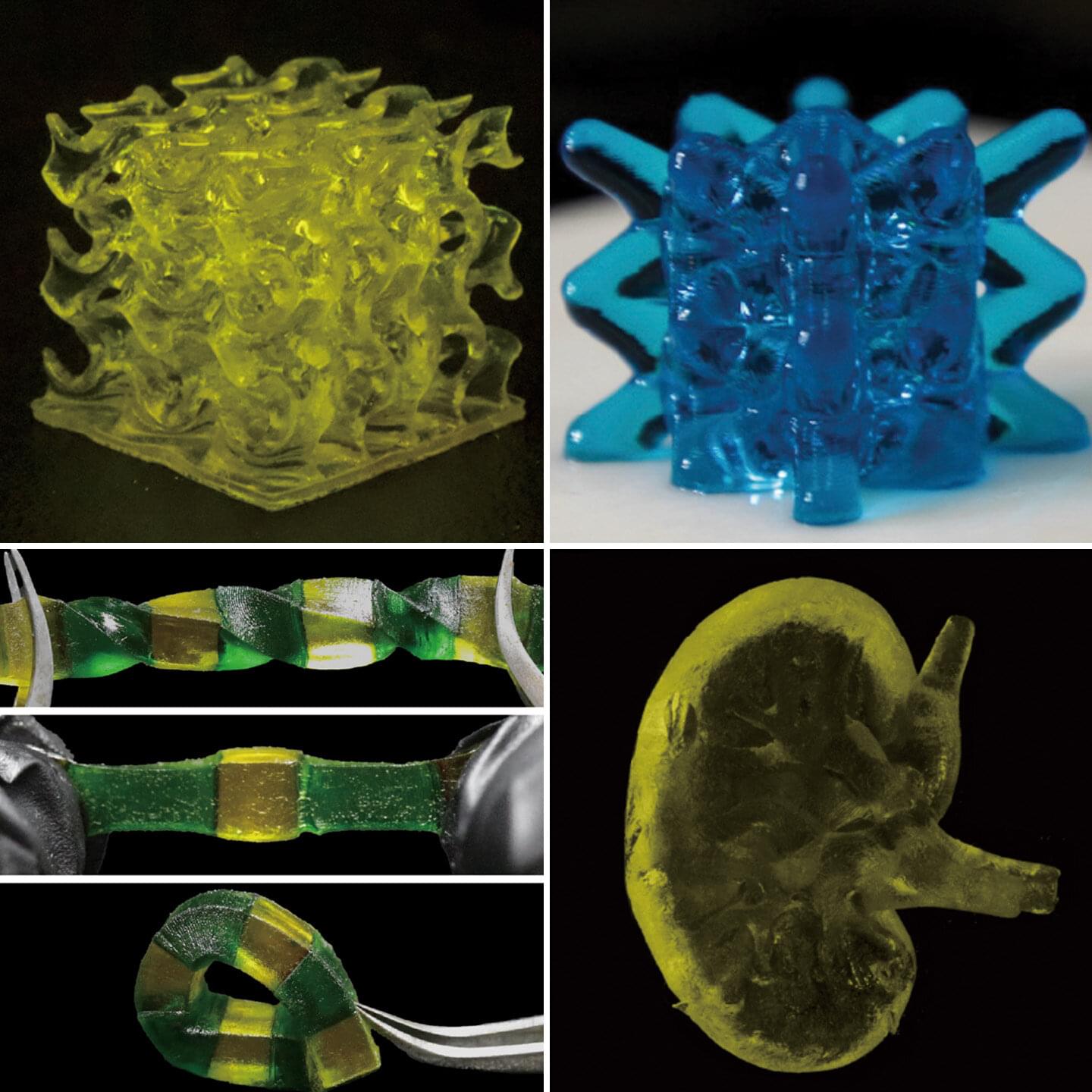
A new type of 3D-printable material that gets along with the body’s immune system, pioneered by a University of Virginia research team, could lead to safer medical technology for organ transplants and drug delivery systems. It could also improve battery technologies.
The breakthrough is the subject of a new article published in the journal Advanced Materials, based on work done by the University of Virginia’s Soft Biomatter Laboratory, led by Liheng Cai, an associate professor of materials science and engineering and chemical engineering. The paper’s first author is Baiqiang Huang, a Ph.D. student in the School of Engineering and Applied Science.
Their research shows a way to change the properties of polyethylene glycol to make stretchable networks. PEG, as it’s known, is a material already used in many biomedical technologies such as tissue engineering, but the way PEG networks are currently produced—created in water by crosslinking linear PEG polymers, with the water removed afterward—leaves a brittle, crystallized structure that can’t stretch without losing its integrity.
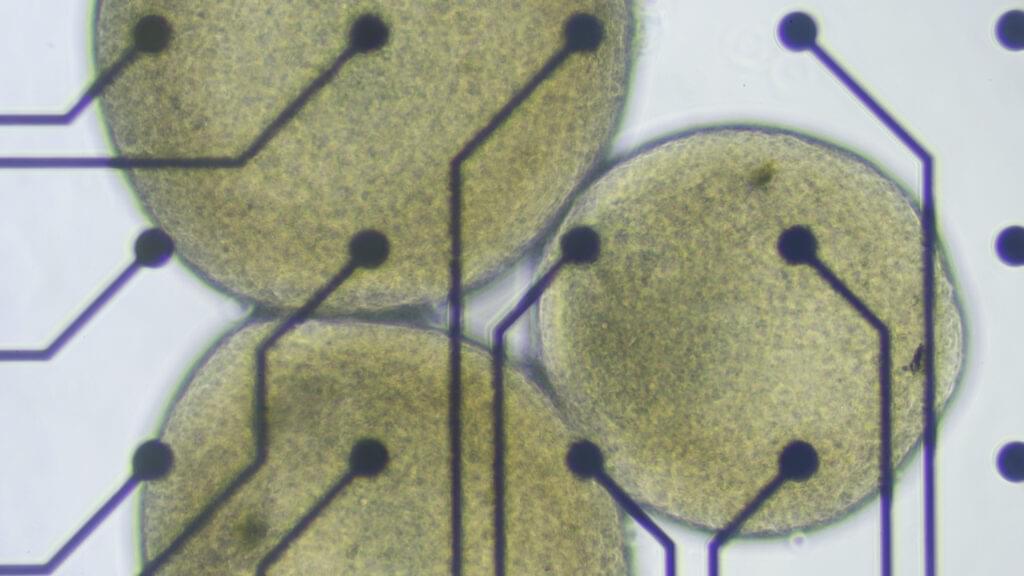
For the brain organoids in Lena Smirnova’s lab at Johns Hopkins University, there comes a time in their short lives when they must graduate from the cozy bath of the bioreactor, leave the warm, salty broth behind, and be plopped onto a silicon chip laced with microelectrodes. From there, these tiny white spheres of human tissue can simultaneously send and receive electrical signals that, once decoded by a computer, will show how the cells inside them are communicating with each other as they respond to their new environments.
More and more, it looks like these miniature lab-grown brain models are able to do things that resemble the biological building blocks of learning and memory. That’s what Smirnova and her colleagues reported earlier this year. It was a step toward establishing something she and her husband and collaborator, Thomas Hartung, are calling “organoid intelligence.”
Tead More
Another would be to leverage those functions to build biocomputers — organoid-machine hybrids that do the work of the systems powering today’s AI boom, but without all the environmental carnage. The idea is to harness some fraction of the human brain’s stunning information-processing superefficiencies in place of building more water-sucking, electricity-hogging, supercomputing data centers.
Despite widespread skepticism, it’s an idea that’s started to gain some traction. Both the National Science Foundation and DARPA have invested millions of dollars in organoid-based biocomputing in recent years. And there are a handful of companies claiming to have built cell-based systems already capable of some form of intelligence. But to the scientists who first forged the field of brain organoids to study psychiatric and neurodevelopmental disorders and find new ways to treat them, this has all come as a rather unwelcome development.
At a meeting last week at the Asilomar conference center in California, researchers, ethicists, and legal experts gathered to discuss the ethical and social issues surrounding human neural organoids, which fall outside of existing regulatory structures for research on humans or animals. Much of the conversation circled around how and where the field might set limits for itself, which often came back to the question of how to tell when lab-cultured cellular constructs have started to develop sentience, consciousness, or other higher-order properties widely regarded as carrying moral weight.
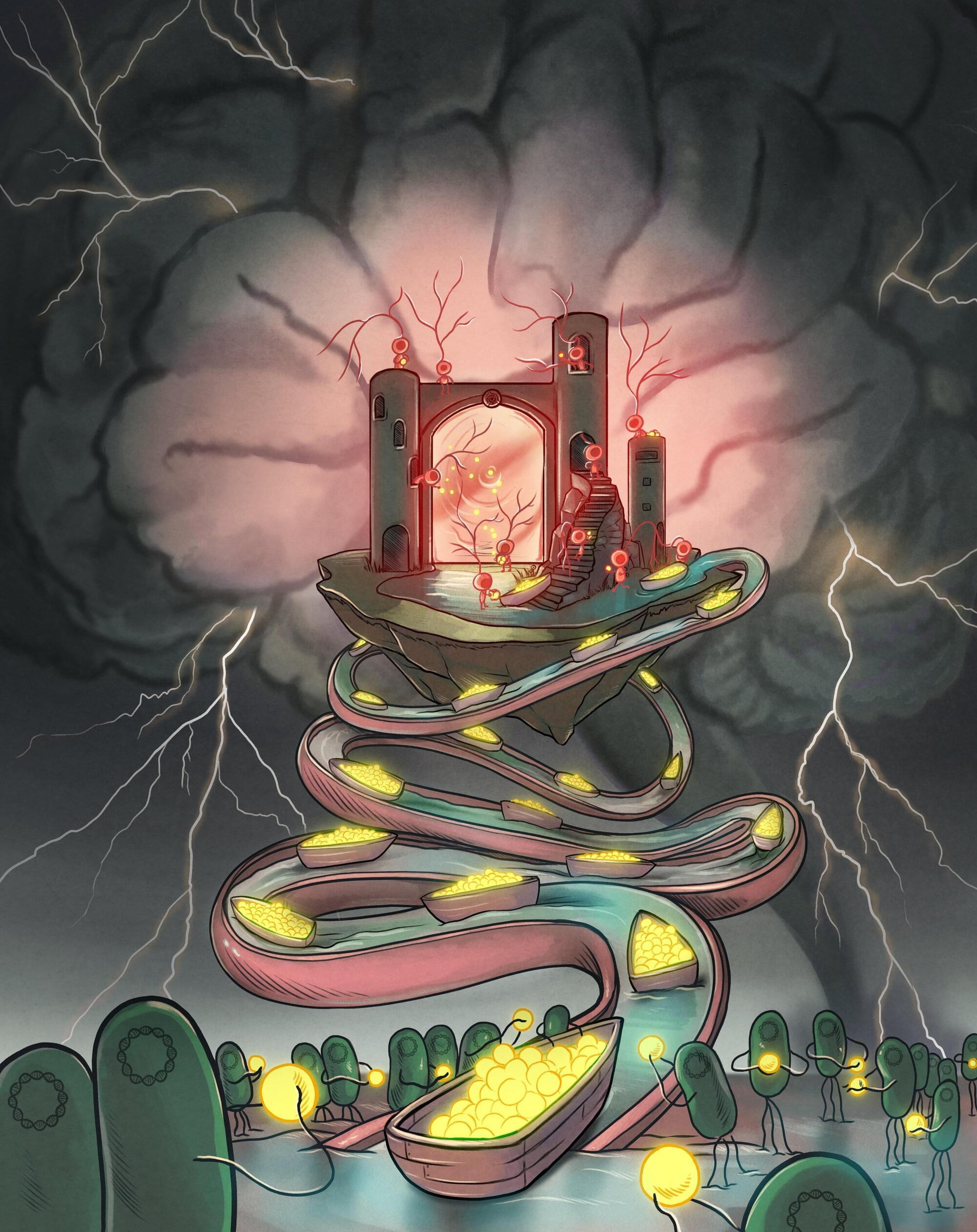
The age-old advice to “trust your gut” could soon take on new meaning for people diagnosed with Parkinson’s disease, thanks to a creative feat of bioengineering by researchers in the University of Georgia’s College of Veterinary Medicine.
Anumantha Kanthasamy, professor and director of the Isakson Center for Neurological Disease Research (ICNDR) leads a multidisciplinary research team including Gregory Phillips, Piyush Padhi, and other scientists that has engineered a groundbreaking living medicine, a beneficial probiotic designed to deliver levodopa steadily from the gut to the brain of Parkinson’s patients.
In a paper published in the journal Cell Host & Microbe, Kanthasamy’s team details how they engineered and tested the probiotic bacterium Escherichia coli Nissle 1917 as a drug-delivery system that continuously produces and delivers the gold-standard Parkinson’s drug, which is converted to dopamine in the brain. The E. coli Nissle strain was chosen for its century-long record of safely treating gastrointestinal disorders in humans.
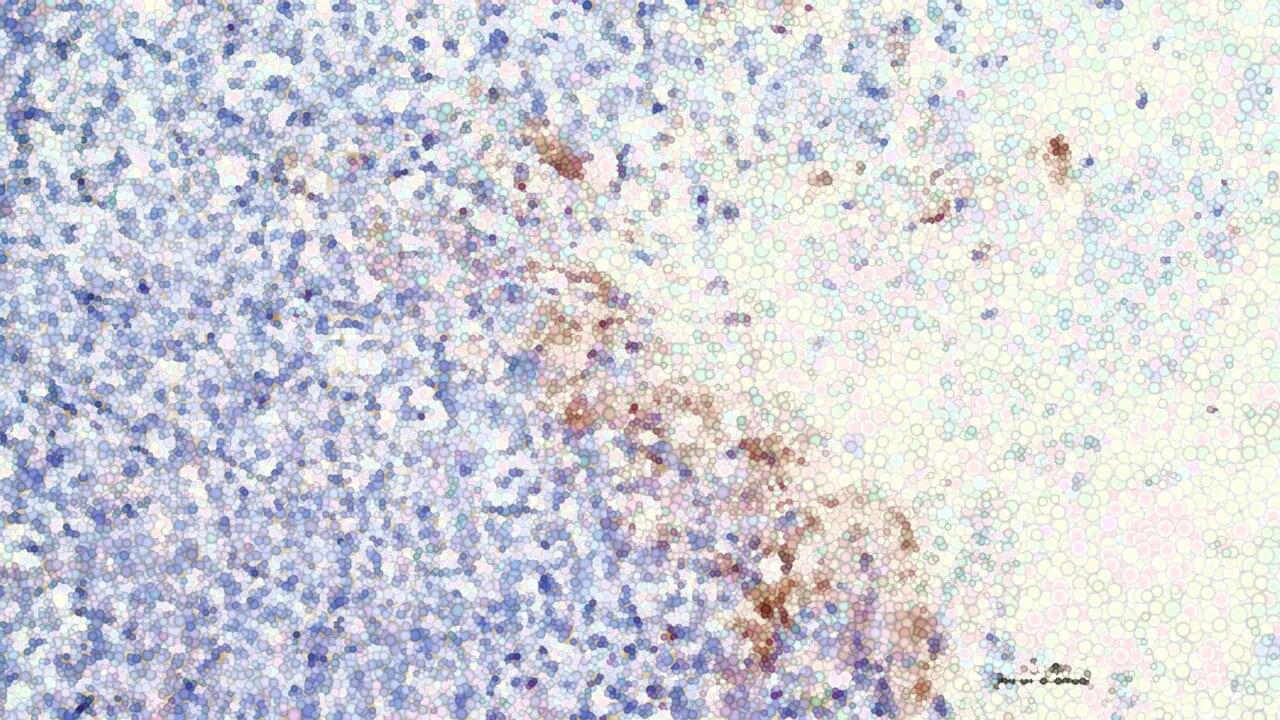
In a major step forward for cancer care, researchers at ChristianaCare’s Gene Editing Institute have shown that disabling the NRF2 gene with CRISPR technology can reverse chemotherapy resistance in lung cancer. The approach restores drug sensitivity and slows tumor growth. The findings are published in the journal Molecular Therapy Oncology.
This breakthrough stems from more than a decade of research by the Gene Editing Institute into the NRF2 gene, a known driver of treatment resistance. The results were consistent across multiple in vitro studies using human lung cancer cell lines and in vivo animal models.
“We’ve seen compelling evidence at every stage of research,” said Kelly Banas, Ph.D., lead author of the study and associate director of research at the Gene Editing Institute. “It’s a strong foundation for taking the next step toward clinical trials.”
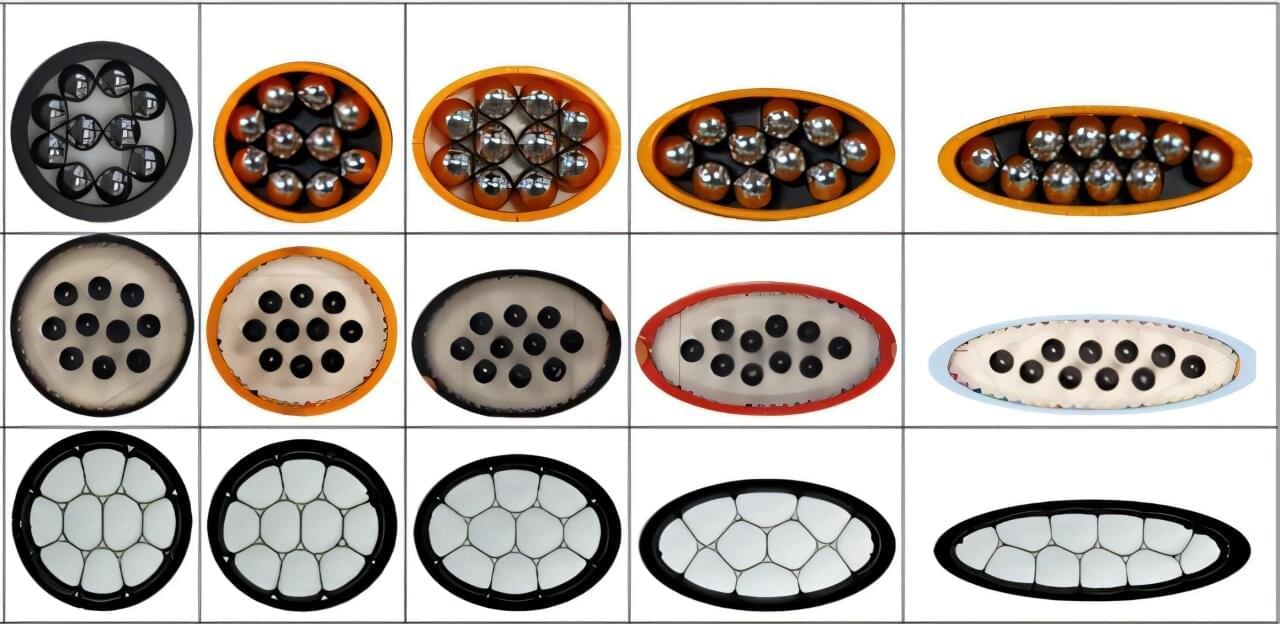
Particles as different as soap bubbles and ball bearings can be made to arrange themselves in exactly the same way, according to a new study that could unlock the creation of brand new materials—including those with promising biomedical applications.
The international study, involving Professor Simon Cox from Aberystwyth University, reveals how diverse particles self-organize into identical geometric patterns when confined. The work is published in the journal Physical Review E.
The discovery could help scientists design advanced materials for medical use—including in smart drug delivery systems and targeted therapies. It could also offer valuable insights for tissue engineering, where understanding how biological cells arrange themselves in tight spaces is essential for developing effective scaffolds and regenerative treatments.

The team’s solution hinges on a clever trick of synthetic biology called “growth-coupled biosynthesis.” Most biomanufacturing efforts try to coax microbes into making a product as a side gig. But the bacteria often resist, directing their resources toward survival instead.
This research flipped the incentive. The scientists engineered a strain of Pseudomonas putida that could only survive if it produced xanthommatin—or more precisely, if it also made a byproduct called formic acid in the process. This formate, a one-carbon molecule, fuels critical metabolic cycles. No formate, no growth.
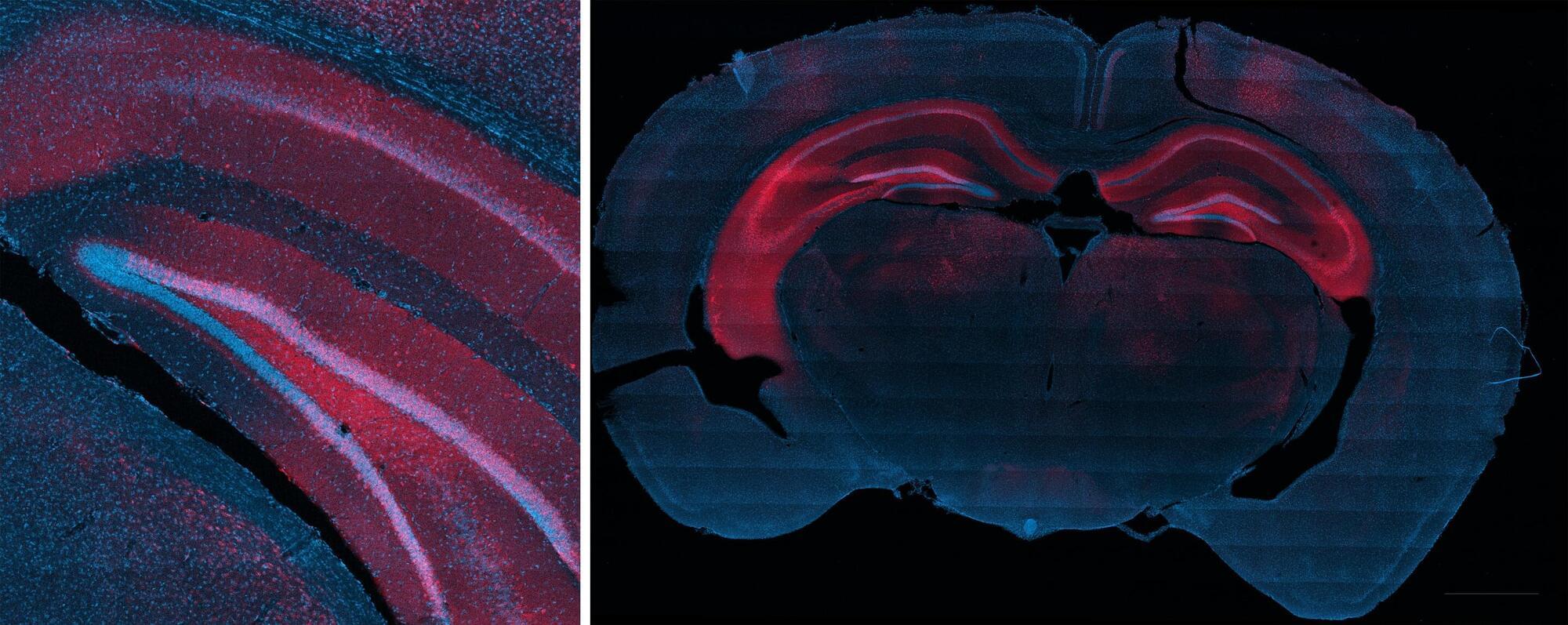
Rice University bioengineers have demonstrated a nonsurgical way to quiet a seizure-relevant brain circuit in an animal model. The team used low-intensity focused ultrasound to briefly open the blood-brain barrier (BBB) in the hippocampus, delivered an engineered gene therapy only to that region and later flipped an on-demand “dimmer switch” with an oral drug.
The research shows that a one-time, targeted procedure can modulate a specific brain region without impacting off-target areas of the brain. It is published in and featured on the cover of ACS Chemical Neuroscience.
“Many neurological diseases are driven by hyperactive cells at a particular location in the brain,” said study lead Jerzy Szablowski, assistant professor of bioengineering and a member of the Rice Neuroengineering Initiative. “Our approach aims the therapy where it is needed and lets you control it when you need it, without surgery and without a permanent implant.”

Biomedical engineers at Duke University have shown that a genetic mutation that causes congenital heart disease also contributes to kidney damage and developmental defects. Identifying this early cause of kidney damage could enable clinicians to diagnose and address kidney problems much sooner than current practices allow. The research was published on November 3 in the journal Nature Biomedical Engineering.
Congenital heart disease (CHD) is a common cause of death in childhood and affects 1 out of every 1,000 births. The disease occurs when the heart doesn’t form correctly before birth, causing leaky valves, defective vessels, or holes in the heart. While some cases of CHD can be remedied, children with life-threatening complications often require surgery or even a heart transplant. More than 25% of patients also end up developing problems with other organs, which severely compromise life expectancy.
“Research has shown that children diagnosed with CHD almost always have kidney problems by age 4,” said Samira Musah, the Alfred M. Hunt Faculty Scholar Assistant Professor of Biomedical Engineering and Assistant Professor of Medicine at Duke University, and the senior author of the study. “Given the shared developmental origin of the heart and kidney, I wondered if a genetic mutation tied to CHD also causes the kidney damage observed in affected patients.”
